
Gold in Rock Stock Image C028/5361 Science Photo Library
What Rocks To Look For When Gold Prospecting. It helps to know a bit about rocks when seeking gold. Granite, basalt, schists, slate, and shale are rocks to look for when gold prospecting. Large quantities of iron oxides such as magnetite, ironstone, or hematite in an area can also indicate the presence of gold. Rock 1 - Quartz Veins

Raw Gold Gemstones Raw Gem
The color of pure Gold is bright golden yellow, but the greater the silver content, the whiter its color is. Much of the gold mined is actually from gold ore rather then actual Gold specimens. The ore is often brown, iron-stained rock or massive white Quartz, and usually contains only minute traces of gold. To extract the gold, the ore is.
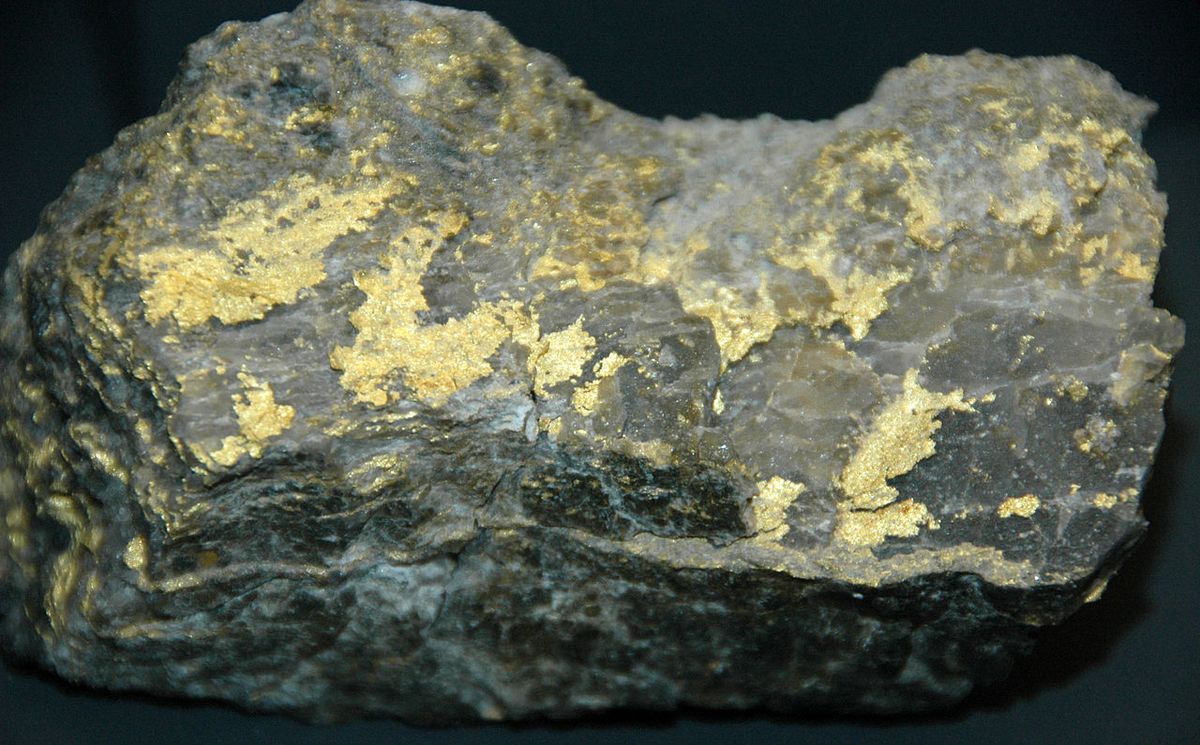
Jamutan 'Bonanza' gold veins in rocks finally explained
Quartz gold ore is found in large veins of quartz, most commonly rose quartz and rainbow quartz. If the gold is on the surface of the rock it'll look like shiny yellow flecks or veins of gold. Iron oxide copper gold ore is found on the edges of granite or as long bands of dark rock flecked with gold.
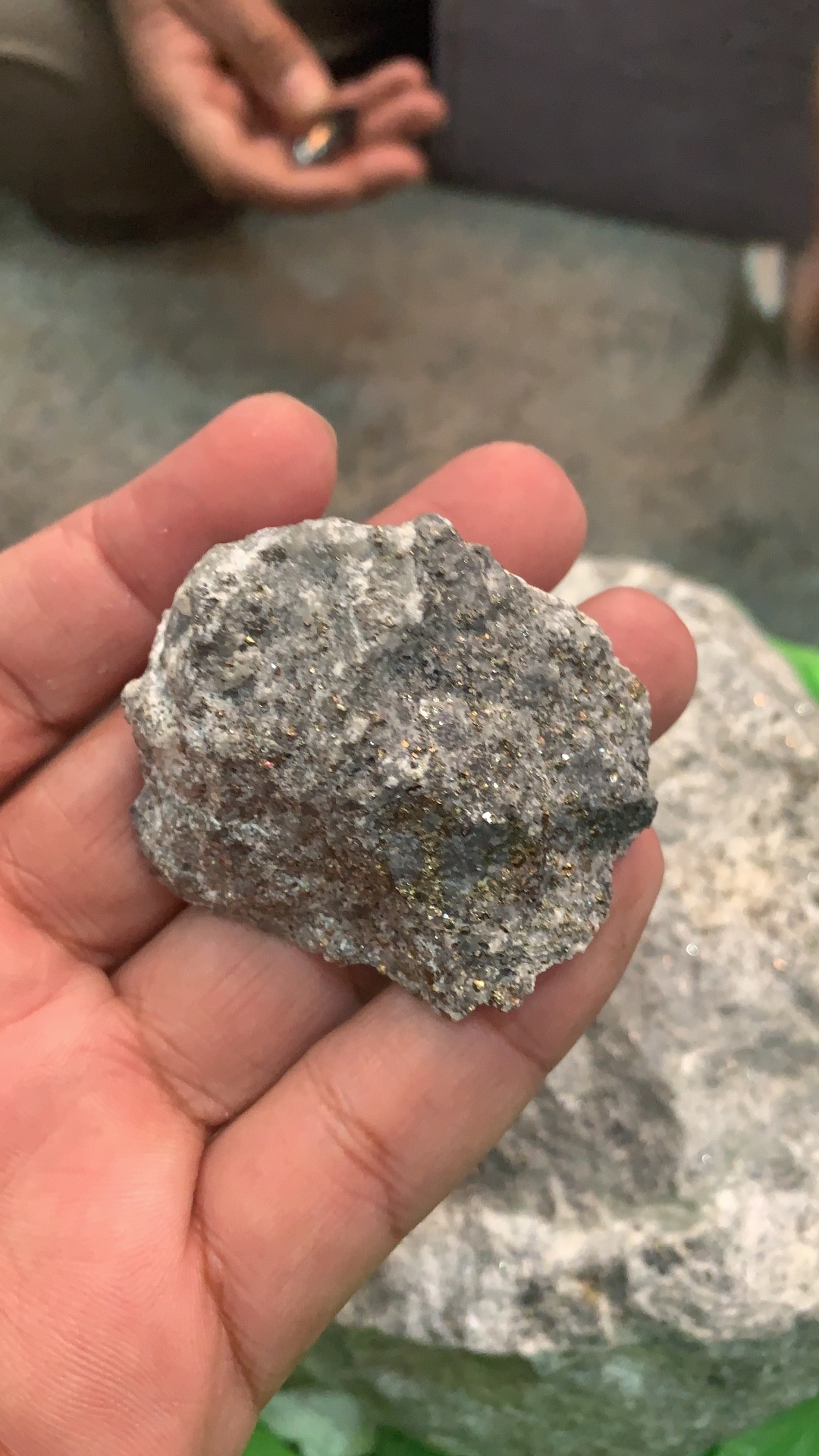
A Stone With Gold Inside Rocks, Minerals, Gems & Geology
Quartz: Gold and quartz combine naturally, and that is why gold is often found in quartz rock.Moreover, the pure white color of quartz makes it easier to spot anything mixed in it. The gold in quartz rock value is also similar to that of gold ore. Therefore, when in a gold-bearing area, it is best to first look for quartz.

Gold natural raw specimen Minerals and gemstones, Gold specimens
Take a rock that contains gold in it - this process works best on quartz rocks - and set it inside a glass jar. Add white cooking vinegar to the jar, covering the entire rock and then some with the vinegar. The acid-based vinegar slowly dissolves the quartz crystals surrounding the gold, leaving only bits of quartz attached to the gold.

How To Identify Gold In Rocks? Cutting Ore Samples, Mineral
Gold is most often found in quartz rock. When quartz is found in gold bearings areas, it is possible that gold will be found as well. Quartz may be found as small stones in river beds or in large seams in hillsides. The white color of quartz makes it easy to spot in many environments.

How to Test a Rock for Gold Sciencing
Most of the gold that is mined around the world is found in lode sources, also known as hard rock deposits. This is where the gold is actually encased within rocks and must me manually removed from the Earth to extract the gold. The gold bearing material is called ore. Identifying gold bearing ore just by visual inspection can be very difficult.
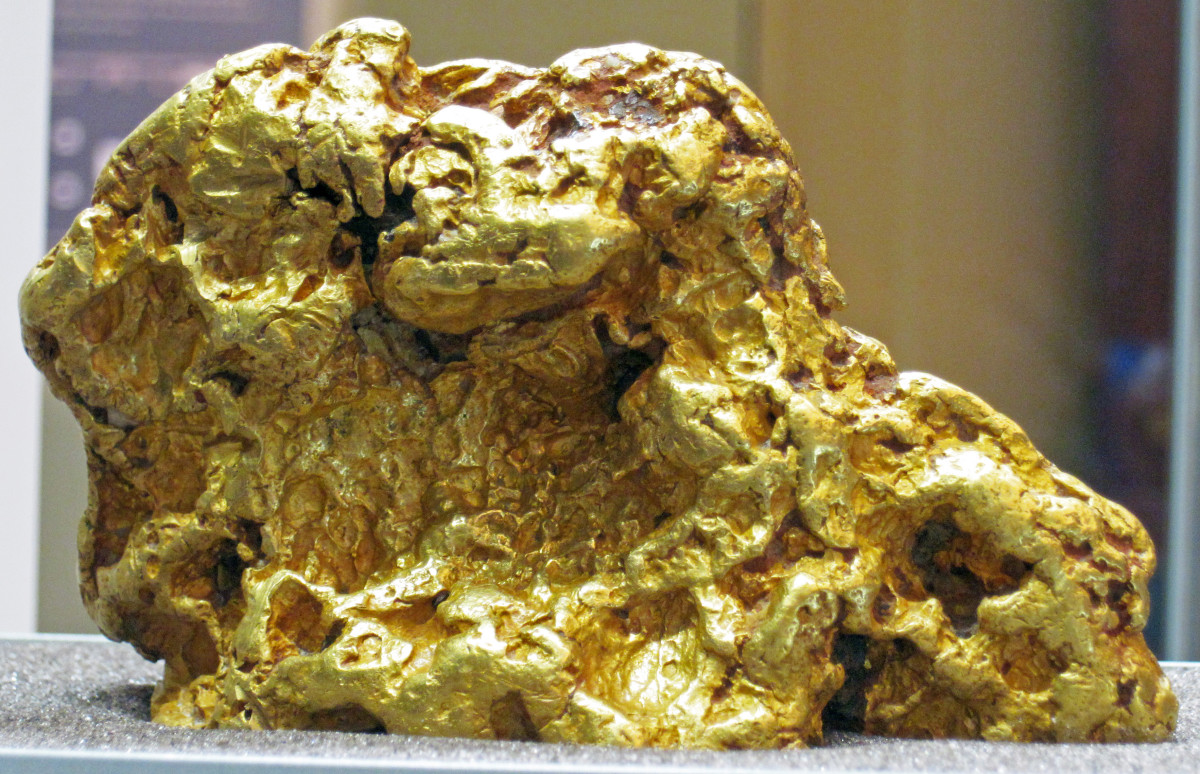
Identifying Gold Ore What to Look for HobbyLark
Rock Contact Zones and Faults: Many quartz veins and other hard rock gold deposits occur in "zones" along faults or at the contact of two different types of rock. Correct Topography: As a general concept, the coarser gold does tend to hang up farther upstream. In the deserts, most of the best residual placers form in areas with moderate to flat.
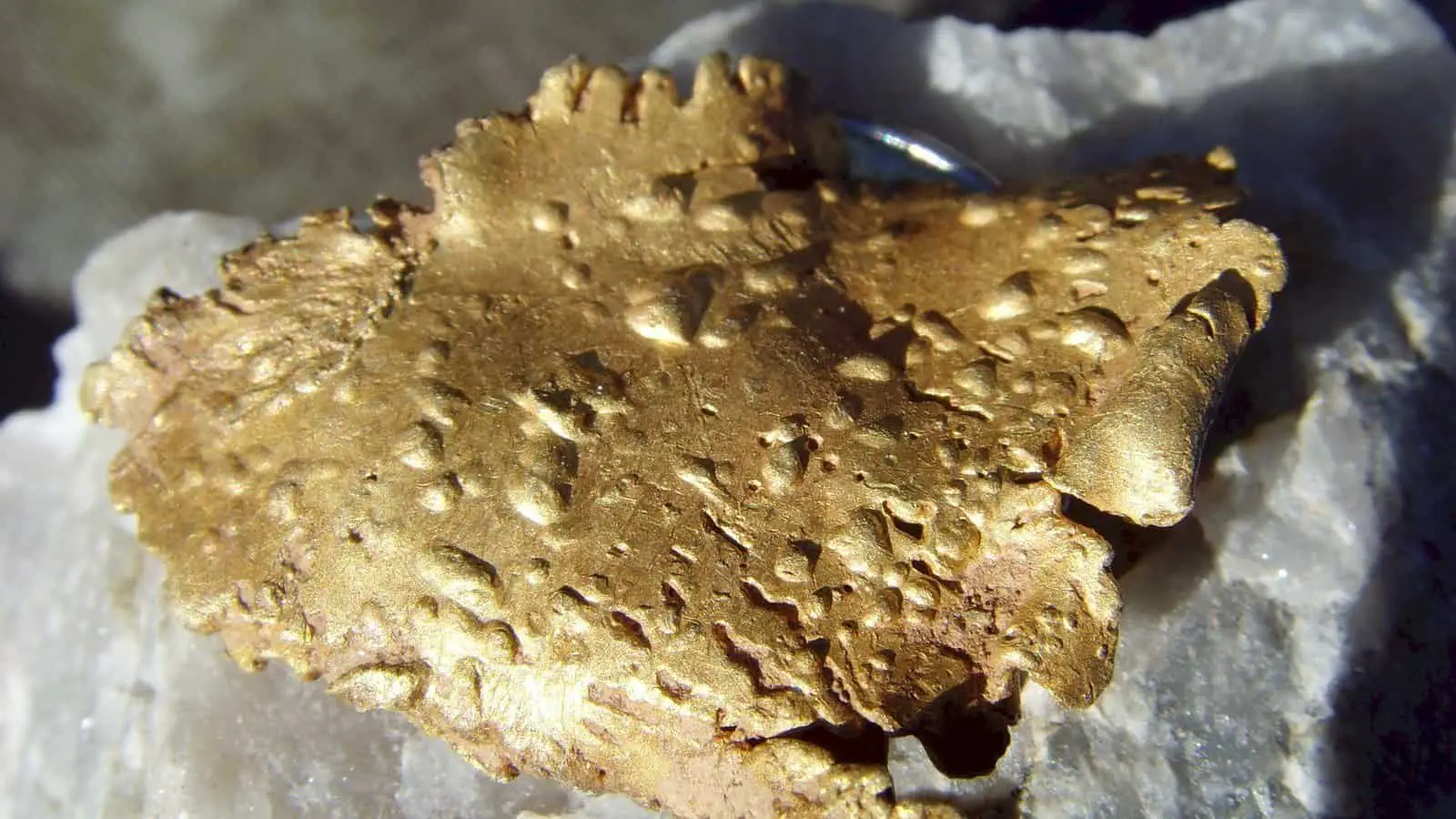
Here Is The Correct Way To Effectively Recognize Gold Ore
Mountain ranges like the Himalayas, the Alps, and the Rocky Mountains are some places where we can find rock. Generally, within the earth's crust or tectonic plates. 4. Granite Rock. Gold-bearing veins exist in granite rocks. Volcanic rocks and adjacent granite birthed gold and other mineral veins through intrusion.

Pictures Of Gold Bearing Rock
If your glass does scratch make sure that the scratches are coming from the 'gold' and not the surrounding rock. Look very closely at what parts of the rock are making contact with the glass. It's possible that the surrounding rock matrix is also making contact with the glass and leaving a scratch, while the gold isn't leaving any marks.

This is a rare gold aura quartz crystal geode. finish. It looks like a
Fool's Gold can be one of three minerals. The most common mineral mistaken for gold is pyrite. Chalcopyrite may also appear gold-like, and weathered mica can mimic gold as well. Compared to actual gold, these minerals will flake, powder, or crumble when poked with a metal point, whereas gold will gouge or indent like soft lead. In addition, actual gold will leave a golden yellow streak when.

Raw Gold Gold specimens, Minerals and gemstones, Raw gemstones rocks
Real gold will not scratch a piece of glass, but other minerals that look like gold often do. If your piece of quartz has a corner or edge that looks like gold on it, try scratching this against a piece of glass. If it leaves a scratch, it is not real gold. You can use any piece of broken glass or mirror for this test.
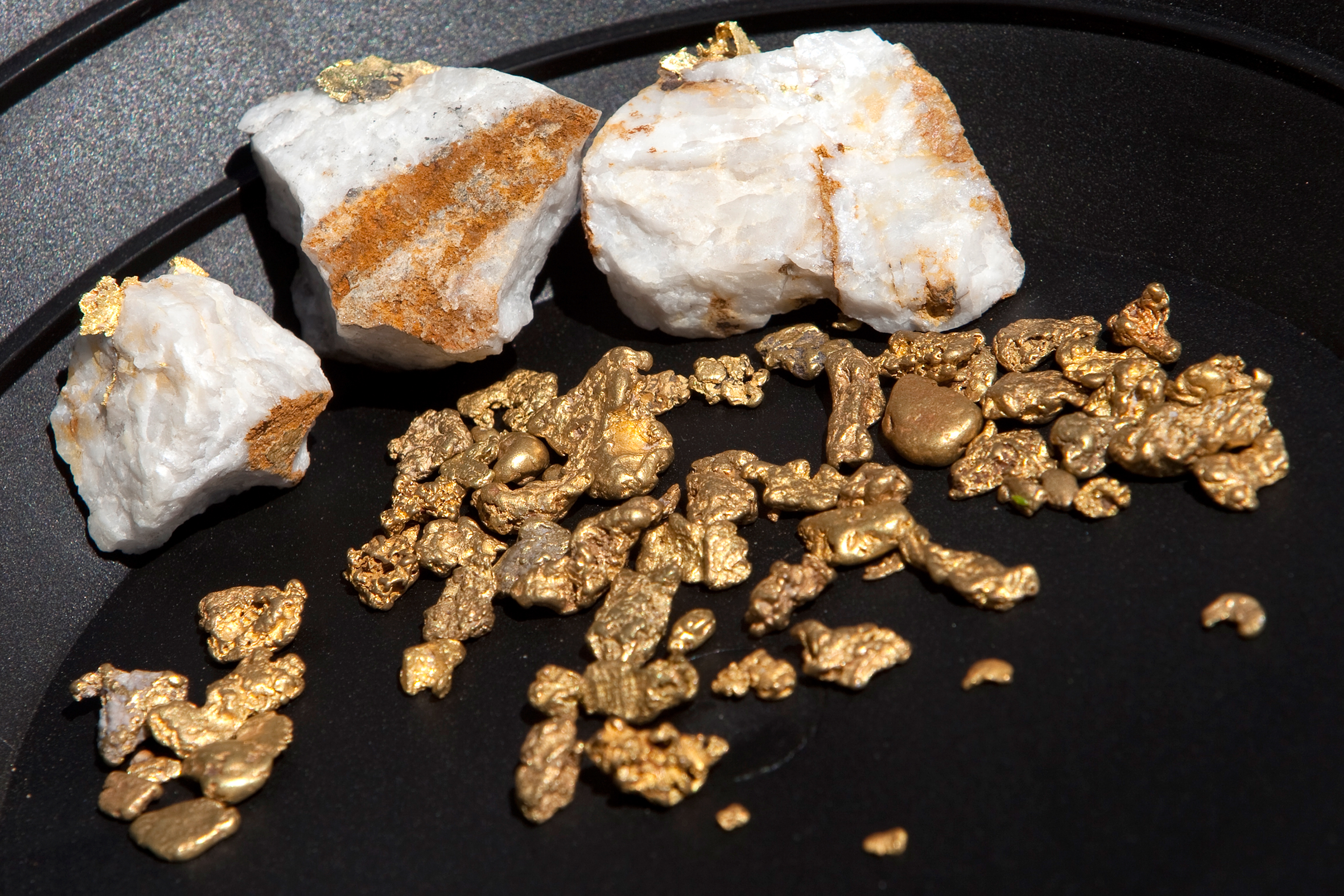
How to Identify Raw Gold Sciencing
What does natural raw gold look like in rocks? What does gold ore really look like? In this video you will learn about gold bearing rock identification. You.
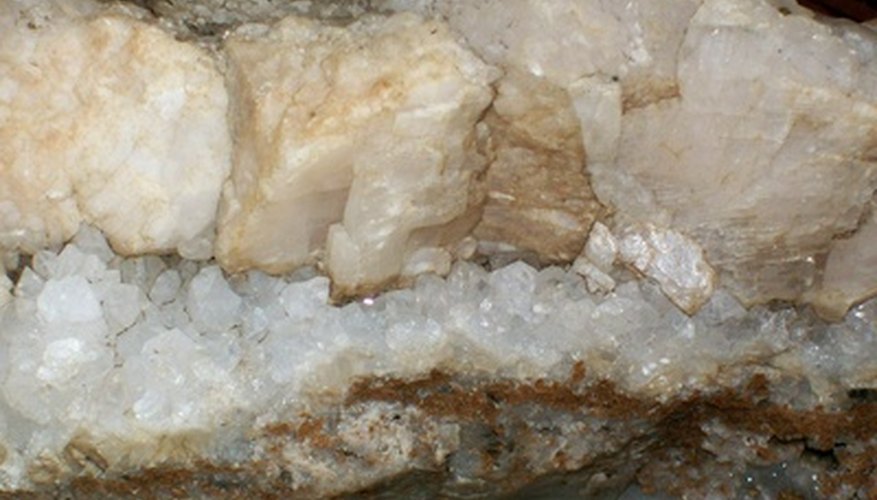
How to Find Gold in Quartz Sciencing
Quartz is classically aligned with gold.The majority of hard rock deposits found appear to occur in quartz, and gold-in-quartz has even taken on a life of its own. The gold that appears in quartz is almost universally native, meaning that it's in a metallic form contained in the crystalline quartz. It's universally considered the richest of the gold ores out there.

Raw Gold In Rocks Raw gemstones rocks, Gold prospecting, Natural gold
Gold's Streak: A copper penny and a tiny gold nugget on a black streak plate, with a small streak made by the nugget. The copper penny is in the photo to serve as a scale. The tiny nugget weighs 0.0035 troy ounce, and at a gold price of $1200/ozt the nugget, if it were pure gold, would have a gold value of $4.20.

Gold in Rock Stock Image C028/5364 Science Photo Library
May Look Like Silver, But Contains Gold. Calaverite is a mineral with a metallic luster, and its color may range from a silvery white to a brassy yellow. Closely related to the gold-silver telluride mineral sylvanite, a mineral containing significantly more silver. A telluride is a compound of two elements, one of which is the element tellurium.
